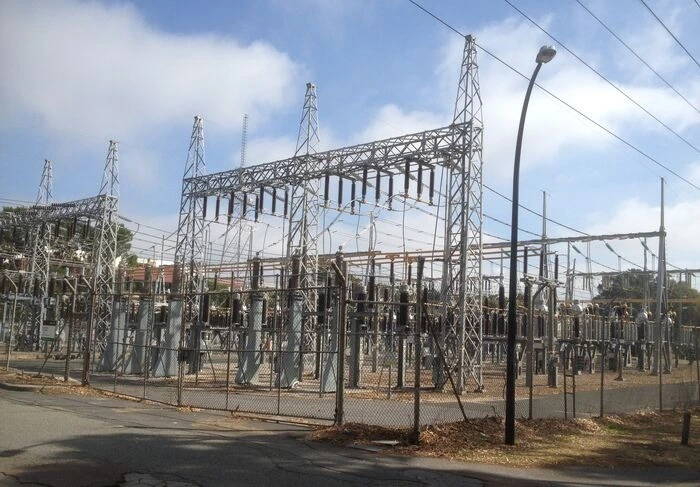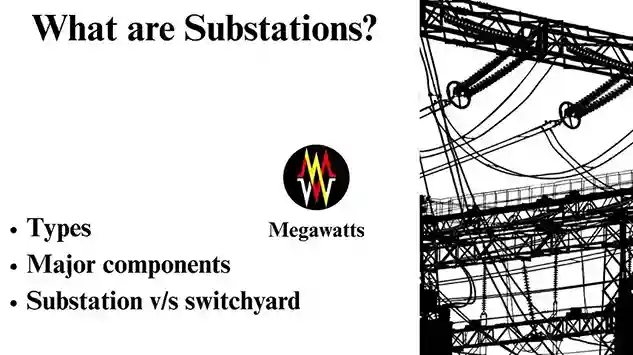Insulation Resistance
Insulation resistance is a measure of how effectively an electrical insulating material prevents the flow of current through it. It is crucial in electrical systems to ensure safety and proper operation. It should be checked often so that cases of weak insulation can be early detected and weaker …









